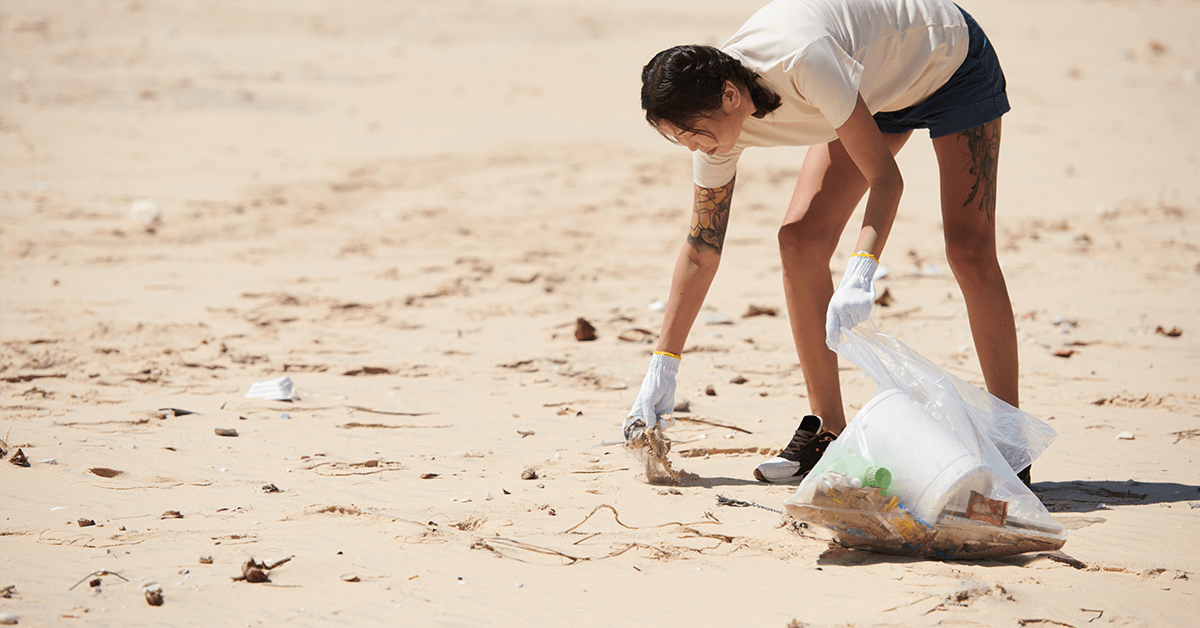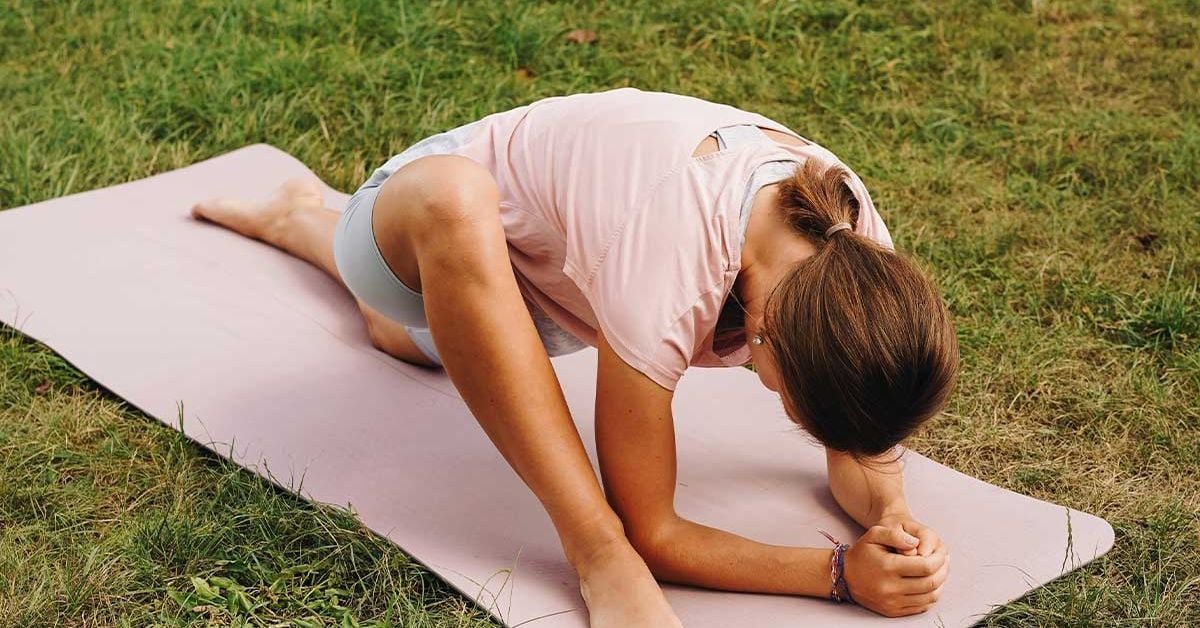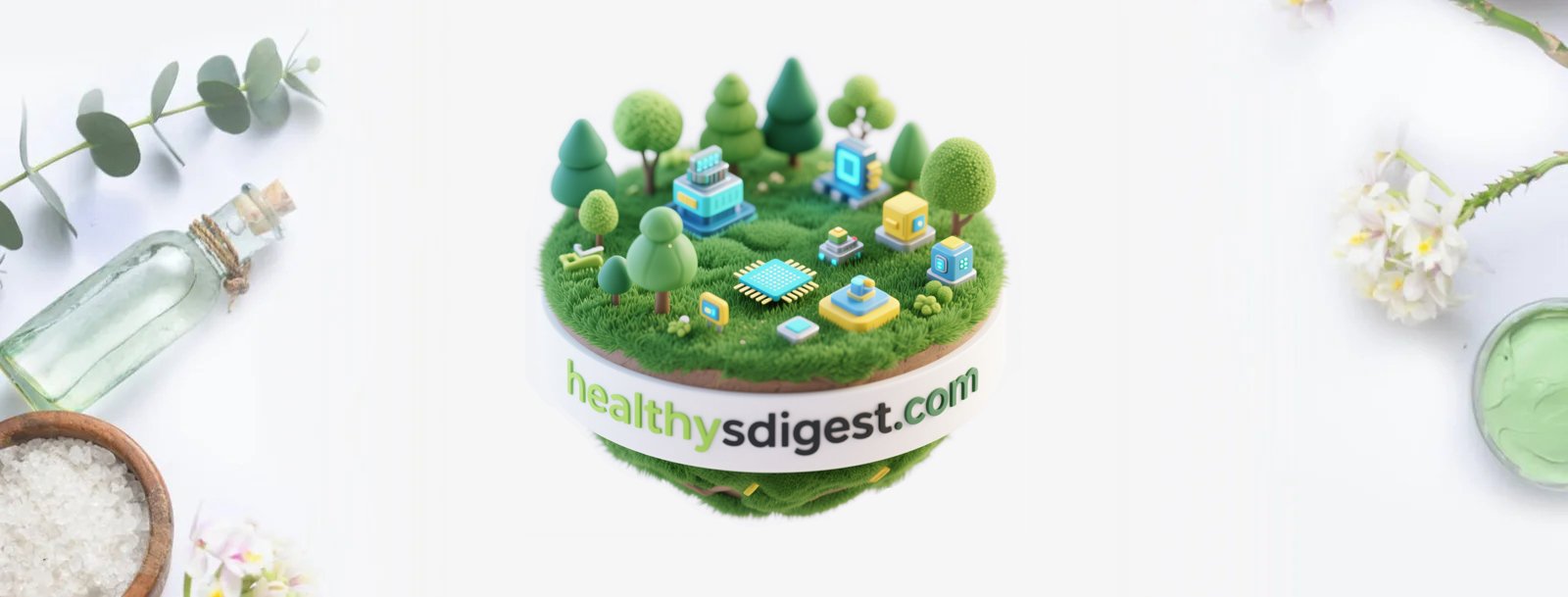Years back, while camping in the jungles of Borneo, I spent a week drinking boiling water from a single-use plastic bottle. It may seem absurd, but considering that new plastic bottles cost money and hot water was free, it felt like a wise choice for a recent university graduate with limited funds. However, I now realize that my actions unwittingly exposed me to microplastics, the full impact of which on human health is only just beginning to be understood.
What Are Microplastics?
Plastic is pervasive in our environment, and microplastics are a troubling byproduct of this phenomenon. Generally defined as plastic particles measuring up to 5 mm, they can be found in food, water, air, personal care products, and even plants.
Journalist Tammana Begum refers to microplastics as “one of the greatest manmade disasters of our time,” noting that they’ve been discovered in remote areas untouched by human activity, including the Mariana Trench and the Arctic.
Mini-Micros
Nanoplastics, which are even smaller than microplastics, are sometimes categorized separately by researchers due to their distinct interactions with materials and the human body.
Microplastics and Our Health
Microplastics can enter our bodies through ingestion, inhalation, or absorption, and recent studies have identified them in the human bloodstream.
While the implications for public health are still being researched, evidence suggests that exposure to the chemicals found in microplastics can:
- Compromise antioxidant function
- Disrupt thyroid hormones
- Alter energy metabolism
- Weaken the immune system
- Heighten the risk of obesity
The presence of microplastics in the bloodstream is alarming, as they may be transported to various organs. Studies have shown that microplastics can cross the human placenta, and in animal studies, they have been found to accumulate in organs like the liver and kidneys.
Are You Cleansing with Microplastics?
The United Nations Environment Programme has indicated that a typical exfoliating shower gel can contain as much microplastic in its formulation as is found in its packaging.
Toward a Plastic-Free Future
The Government of Canada recognizes the challenges posed by plastic pollution and has undertaken a scientific review to identify areas needing further research. They have also proposed a ban on six single-use plastic items, including checkout bags and cutlery, and are looking to implement minimum recycled content requirements for certain plastics.
Act Now
Many federal proposals regarding plastic pollution are open for public consultation. Engage with qualified scientists and medical experts about necessary changes, and stay informed about new developments to ensure your voice is heard.
While systemic changes are needed, you can take practical steps to safeguard yourself and the environment:
- Invest in a laundry filter to capture microplastics shed by clothing, even those labeled “natural.”
- Steer clear of troubling chemicals like phthalates found in plastic wrap, vinyl flooring, and personal care products, as well as bisphenols in rigid plastics like juice bottles.
- Eliminate single-use and unnecessary plastics from your life.
Microplastics are ubiquitous, but we can resist their overwhelming impact.
What Caregivers Need to Know
Children are at a higher risk of exposure to microplastics since they are closer to the ground, more prone to putting objects in their mouths, and consume, breathe, and drink more relative to their body weight than adults. While it’s nearly impossible to completely shield children from plastic ingestion, there are actions you can take:
Avoid Plastic Packaging
Use paper bags where possible and choose food that isn’t wrapped in plastic.
Clean Regularly
Since microplastics can accumulate in dust, cleaning your home frequently and thoroughly is essential.
Choose Products Carefully
Be cautious with personal care items like toothpaste, soaps, and shampoos that may contain microplastic additives such as phthalates.
Build Safely
When constructing or renovating a home, opt for materials free from PVC (polyvinyl chloride), which can release toxic chemicals over time.
Share Good Habits
Model smart choices regarding plastics and encourage children to avoid putting plastic items in their mouths. Use stainless steel, glass, or porcelain containers for cooking, especially for hot foods or liquids.
Shop Smart
Shopping at local natural health retailers can lead you to personal care and household items in safe, plastic-free packaging. Consult with their experts to find the best products for your family’s needs.






